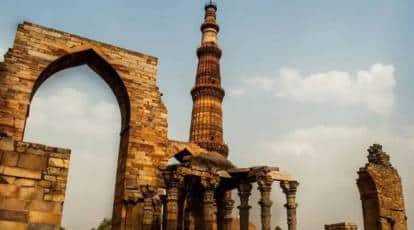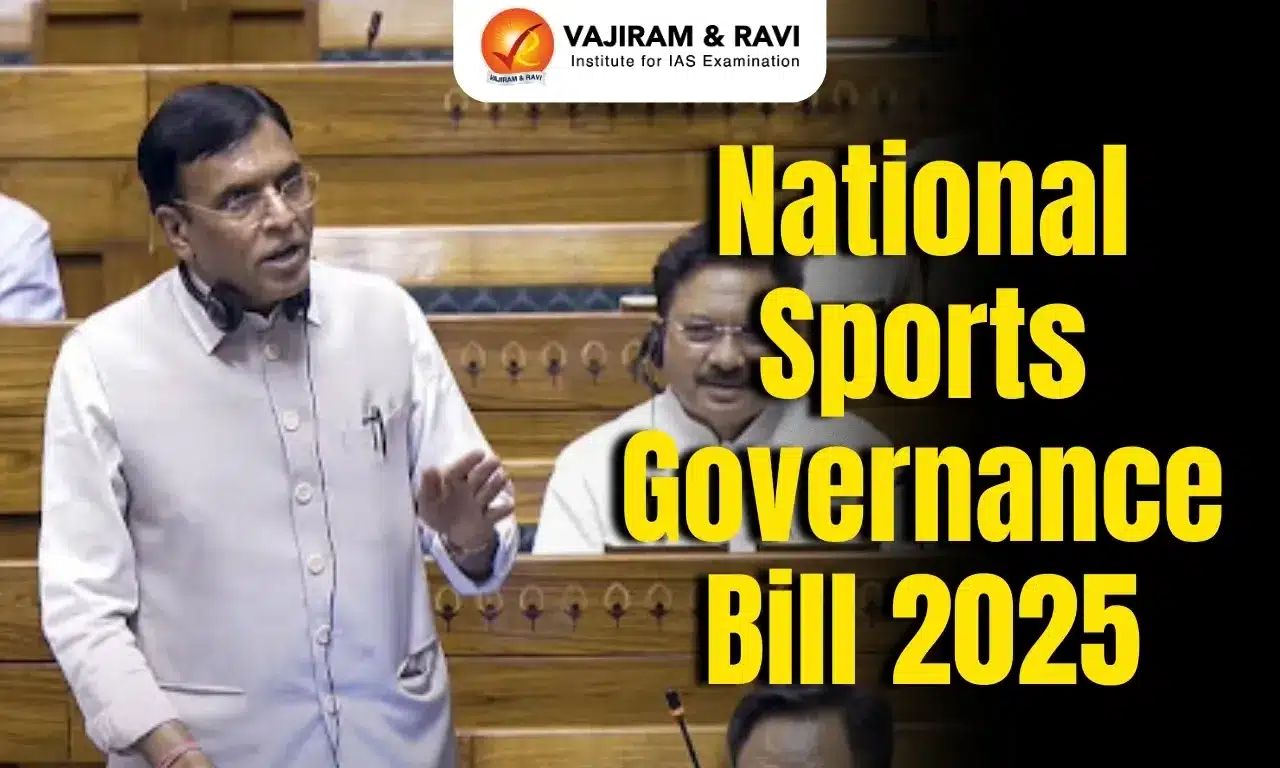What’s in today’s article?
- Why in News?
- What is the AMASR Act 1958?
- What is the AMASR (Amendment) Act 2010?
- News Summary Regarding Possible Changes in the AMASR Act
Why in News?
The government will soon liberalise construction activity in the vicinity of protected monuments across the country regulated under the Ancient Monuments and Archaeological sites and Remains (AMASR) Act.
- Currently, construction up to 100 metres around protected monuments is prohibited, while an area up to 200 metres beyond the prohibited area is regulated.
What is the AMASR Act 1958?
It provides for the –
- Preservation (of ancient and historical monuments, archaeological sites and remains of national importance, which are over 100 years old)
- Regulation (of archaeological excavations)
- Protection (of sculptures, carvings and other like objects).
- 3,696 Centrally Protected Monuments or Sites are located in India and are guarded by the Archaeological Survey of India (ASI) – a Ministry of Culture agency, which functions under the provisions of this act.
What is the AMASR (Amendment) Act 2010?
- In order to strengthen the penal provisions to prevent encroachments and illegal construction close to the monuments, the 1958 Act was amended in 2010.
- The amendments provide for the creation of a
- Prohibited area 100 metre around every national monument where no construction, public or private is permitted.
- Regulated area 200 metres beyond the prohibited area, where any construction requires permission of a newly constituted National Monuments Authority (NMA).
- The amendment also suggested that heritage by-laws for each monument be created by an expert body given the uniqueness of each monument.
Image Caption: The AMASR Act
News Summary Regarding Possible Changes in the AMASR Act
- According to a submission by the Union Culture Minister, the government has taken a decision to examine the legal issues affecting construction-related activities around centrally protected monuments and sites.
- This is to allow for infrastructure (related work), and at the same time preserve the rich heritage of the country.
- There is a feeling that the Act in its present form restricts a lot of areas which could be put to good use, specifically in case of developmental and infrastructure-related work.
- Prohibiting residents from constructing their houses within 100 metres of small and insignificant structures, causing a lot of inconveniences and revenue loss to them.
- It is expected that the amendments would pertain to making some relaxation in these zones, specifically in case of smaller monuments such as statues, cemeteries and cannons.
- Even as the government can bring about liberalisation in case of most monuments, for UNESCO World Heritage Sites (India has 40 of them), these restrictions may stay.
Q1) What is the National Monuments Authority (NMA)?
NMA under the Ministry of Culture has been set up as per provisions of the AMASR (Amendment and Validation) Act, 2010. It considers grant of permissions to applicants for construction-related activity in the prohibited and regulated area.
Q2) What is a World Heritage Site?
It is a landmark or area with legal protection by an international convention administered by the UNESCO. These are designated by UNESCO for having cultural, historical, scientific or other forms of significance. The sites are judged to contain “cultural and natural heritage around the world considered to be of outstanding value to humanity”.
Source: Govt to ease rules on construction around protected monuments | Indiaculture.nic.in | CNBCTV18
Last updated on July, 2025
→ UPSC Notification 2025 was released on 22nd January 2025.
→ UPSC Prelims Result 2025 is out now for the CSE held on 25 May 2025.
→ UPSC Prelims Question Paper 2025 and Unofficial Prelims Answer Key 2025 are available now.
→ UPSC Calendar 2026 is released on 15th May, 2025.
→ The UPSC Vacancy 2025 were released 1129, out of which 979 were for UPSC CSE and remaining 150 are for UPSC IFoS.
→ UPSC Mains 2025 will be conducted on 22nd August 2025.
→ UPSC Prelims 2026 will be conducted on 24th May, 2026 & UPSC Mains 2026 will be conducted on 21st August 2026.
→ The UPSC Selection Process is of 3 stages-Prelims, Mains and Interview.
→ UPSC Result 2024 is released with latest UPSC Marksheet 2024. Check Now!
→ UPSC Toppers List 2024 is released now. Shakti Dubey is UPSC AIR 1 2024 Topper.
→ Also check Best IAS Coaching in Delhi















